DIY Tattoo Removal: Methods, Risks & Alternatives
Tattoos can be considered a sort of individual liberty freedom when, all of a sudden, they do not depict you or your experience anymore. The best way to remove a tattoo is to seek the help of a professional tattoo removal service; however, situations when people try to remove it themselves using home remedies can also be often met. Here on this blog, we’ll consider different DIY tattoo removal techniques, their drawbacks, and offer some safer and more effective ways of getting a tattoo removed.
What are do-it-yourself tattoo removal techniques?
Do it yourself or home tattoo laser removal means utilization of approaches carried out by people themselves from the comfort of their homes to try and reduce the visibility of tattoos or eliminate them in their entirety. However, there are a lot of treatments that can be applied and various products that exist , but the treatment of the skin moles can be very effective and safe, depending on the type of remedy. Some common DIY tattoo removal methods include:
1. Salabrasion
It entails abrasive friction with a salt substance on the affected skin with the water or saline solution. The rationale of this method is that the salt has properties that will be able to wash out the ink off the skin; it also enhances skin regeneration and fades the tattoo.
- Effectiveness: Many a times, it is not successful in achieving tattoo removal, and the best that can be achieved is a partial one. They also may cause scarring and skin alteration.
2. Lemon Juice and Baking Soda
Apparently, lemon juice contains whitening ability; therefore, when mixed with baking soda, it can be used as a paste that some folks consider helpful to remove tattoos. Lemon juice has an acidic nature; it can also peel off the skin layer.
- Effectiveness: Although it is a well-known fact that lemon juice in combination with baking soda might fade the tattoos slightly over the period of several weeks, they don’t work as effacing agents. They range from mildly irritating and damaging the skin if applied often to causing severe discomfort and skin damage.
3. Tattoo Removal Creams
Many store-bought tattoo removal creams are legal and promise to lessen the intensity of the ink by naturally exfoliating the skin. Most of these creams contain chemicals such as hydroquinone, which is used to bleach the skin.
- Effectiveness: In the case of tattoo removal creams, there is very little evidence pointing to their efficacy in eradicating tattoos. While some tattoo removal options can reduce the visibility of the tattoo slightly, the methods can be time-consuming and have side effects such as skin itching, rashes, or the formation of a scar on the affected skin.
4. Dermabrasion
Scanning is the act of pushing sand on the skin to remove ink-containing layers. This process is a common practice that is performed by experts, though some people have been doing their own rude imitation with the help of such scrapers.
- Effectiveness: People should realize that do it yourself dermabrasion is very dangerous. If the skin is treated incorrectly, with no application of the appropriate tools and knowledge, it can even result in serious skin inflammation, possible infection, and scarring.
Risks of DIY Tattoo Removal
Even though it might sound as fun to remove a tattoo at home, it comes with lots of dangers. Below are the main concerns:
1. Skin Damage
A majority of home tattoo removal procedures, such as salabrasion or dermabrasion, are often damaging to the skin, leading to skin scars, skin burns and skin marks that are permanent. Cuts and bruises resulting from the rubbing and use of strong chemicals can cause further health problems that need to be attended to by physicians.
2. Infections
This means that when using unsterilized tools or exposing the skin to bacteria, infections become a probable occurrence. The skin may become irritated, red, puffy or weep—or even break open and blister.
3. Ineffectiveness
Most home remedies, including creams and scrubs, can eliminate a tattoo only partly. They may just partially blur the design and wind up with an uneven or only partially tattooed skin that can be even more difficult to have professionally lasered off eventually.
4. Allergic Reactions
Some of the complaints may be issues of allergies to some of the ingredients used in do-it-yourself products, such as creams to treat some ailments, lemon juice or abrasive surfaces. These reactions can lead to inflammation, erythema, oedema or frank vesiculation and thus create more problems for the skin.
The most professional erasures for tattoo removal
As much as it would be convenient to try and remove the tattoo on one’s own, it is only apparent that the real methods are those offered by professionals. Here are some popular, safer alternatives:
1. Laser Tattoo Removal
Laser is the most popular and successful way of getting rid of the tattoo all together. This depilation procedure utilizes lasers of high intensity to dissolve the tattoo ink, thereby having the body systematically eliminate the particles.
- Pros: Laser removal is painless, very efficient, and can be used for whatever color of tattoo is present. However, although it may take several sessions, it is the best and most secure procedure to date.
- Cons: It can be costly, and some might produce immediate reactions such as redness or itching. Complete removal could therefore take several months.
2. Excision (Surgical Removal)
Excision entails removing the affected skin with the tattoo and then suturing the margins together. It is often used when the tattoo is small or when the other mentioned techniques were ineffective.
- Pros: Excision is a good way since it is the only way to ensure removal of the tattoo in one session and is permanent.
- Cons: This method disfigures the skin and makes the best option for a longer time to recover from the process.
3. Skin Resurfacing: Dermabrasion-Specific Techniques (Professional Version)
This method uses equipment to exfoliate the skin professionally, unlike the local methods that we usually come across when trying to remove the tattoo ink. It is usually carried out by a dermatologist or any other licensed practitioner.
- Pros: Considering the peel-off methods as a do-it-yourself process, it is considerably safer, and even though there are high chances of forming scars, dermabrasion as a professional procedure is more controlled and has a better success rate.
Cons: It may take more than one session, and, also, the period of time it takes to recover may differ.
4. Tattoo Lightening
Tattoo removal is another process performed to fade tattoos to be easily covered up by new tattoo images. This is an ideal method for people who no longer love the tattoos they have on their skins but don’t really want them to be removed completely.
- Pros: It presents a method of making tattoos less visible before doing the coverup tattoo.
- Cons: It may take 2-3 sessions and is more like a patient’s disappearing than an erasure.
Conclusion
Although people can try to get rid of tattoos themselves, it is important to avoid such a decision as the risks always exceed the benefits. This is because at-home methods tend to cause skin damage and infection, along with giving incomplete results. It’s a bad idea to try to remove a tattoo without the help and advice of a professional; you could always consider laser treatment or even surgical, safe, and efficient alternatives. They might be expensive in comparison to home treatments, but they present the greatest opportunity for thorough coverage and few to no unwelcome symptoms.
Finally, just as it applies to fading, removing or even merely covering up a tattoo, it is very important to state that consulting a professional will yield improved results and will be less hazardous.






